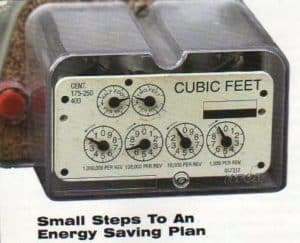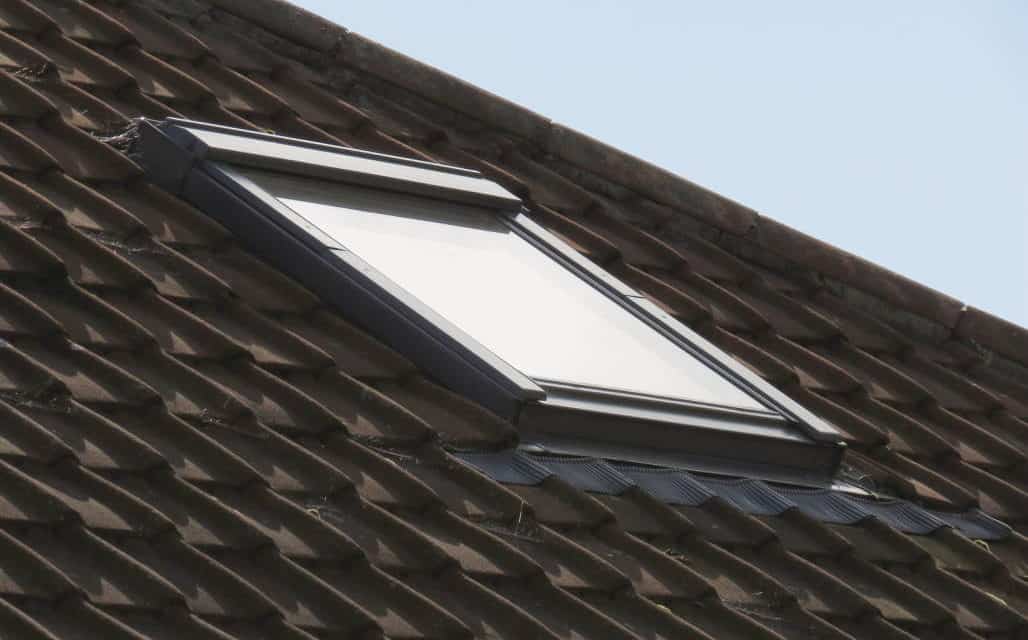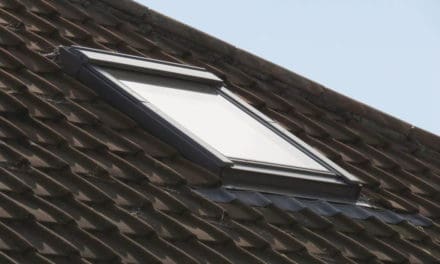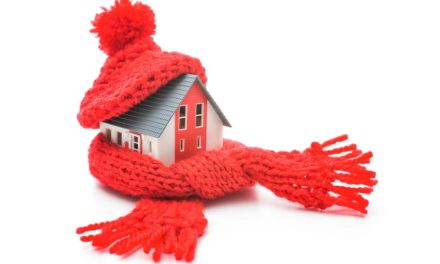While it would be wonderful to implement all of the power making, energy saving ways you’ve ever heard of, most of us will have to pick and choose what we can afford to do. With all the government rebates and power company rebates, there has never been a better time to consider some major buys that will save you money on power bills, and even pay for themselves in the long run.
Luckily, some things don’t cost anything to change. Some can be accomplished for little cost. Here are some ideas for getting started:

STEPS TO ENERGY SAVING-Pick as many as you can:
• Clean or Replace filters on furnaces, air conditioners and heat pumps.
• Begin replacing incandescent light bulbs with compact fluorescent bulbs (CDL’s), focusing first on 60 – 100 watt bulbs that are used several hours per day.
• Survey the age and condition of your major appliances and consider replacing them with more energy-efficient models.
• Turn down your hot water heater. Since the early 1990s, most dishwashers in the U.S. have been sold with built-in heaters that increase water temperature to 140–145°F, the temperature recommended by manufacturers for optimum dish washing performance. The advantage to a dishwasher with this feature is that you can turn down your water heater thermostat to 120°F (typically half-way between the “medium” and “low” settings).
• Begin using energy saving settings on washers and dryers, dishwashers and refrigerators if available.
• Visit your local hardware store to buy low-flow shower heads, faucet aerators, CDL’s and other items deemed worthy in your assessment of needs and budget.
• If your water heater is old enough that it has fiberglass insulation instead of the newer foam insulation, consider adding a water heater blanket.
• If you have old, leaky windows and can’t afford new ones, consider covering the windows with plastic. Window kits are available. With some you can use a hair dryer to stretch the plastic to a nearly invisible state and keep your beautiful, mountain valley views.
• Assess your heating and cooling systems. Determine if replacements are justified, or whether you should have them retrofit to make them work more efficiently to provide the same comfort (or better) for less energy. Poor ducts for example could be leaking heat away before it even gets inside your home. Local heating and air conditioning companies can help make assessments for those interested in upgrading equipment.
• Rope caulk very leaky windows.
• Collect your utility bills and identify the biggest costs. Discuss with your family ways to save energy. Shorter showers and turning off vent fans can make a big difference alone. Using the South East Water contact phone number, we went direct to our supplier and saved even more by threatening to switch. A bathroom vent fan left on for hours is not only busy sucking up energy, it is also busy pulling that costly, warm air out of the house.
• Have someone crawl into your attic or crawlspace and assess if there is insulation and if so how much. Consider insulation as needed.
• Insulate hot water pipes and ducts in places where they run through unheated areas.
• Look for air leaks. On a cold winter night you can actually feel where the cold air comes in if you take the time to inspect every corner. Often under doors and around windows, air leaks are also found where cut-throughs have been made for pipes, gaps around chimneys and unfinished spaces behind closets and cupboards. Little invisible cracks all over the house can equal the heat loss of a wide open window. The local hardware store can suggest products such as window plastic kits, foam insulation, caulking, etc. Lucky for us, local hardware stores are happy to help you find the right products.
• Set your thermostat back when you can accept cooler conditions,like night time and when everyone leaves the home for several hours. A programmable thermostat will automatically adjust the thermostat based on your time-of-day instructions.
• Have your heating and cooling systems tuned up in the fall and spring.
• Consider buying a more efficient heating system. There are several major purchases you can consider including an energy producing system such as a wind or solar system. Perhaps new appliances are within your budget or a new hot water heater is in order. There are many things you can do. We hope this special feature will prompt you to do something now towards saving energy…. and saving money!
Sources: For more ideas on saving energy visit www.aceee.org/. Source: American Council for an Energy-Efficient Economy (www.aceee.org) Also find information specific to you such as local rebates available at your local power company website:
Plumas Sierra Rural Electric Cooperative: www.psrec.coop/
Lassen Municipal Utility District: /www.lmud.org/
Pacific Gas & Electric Company: www.pge.com/












